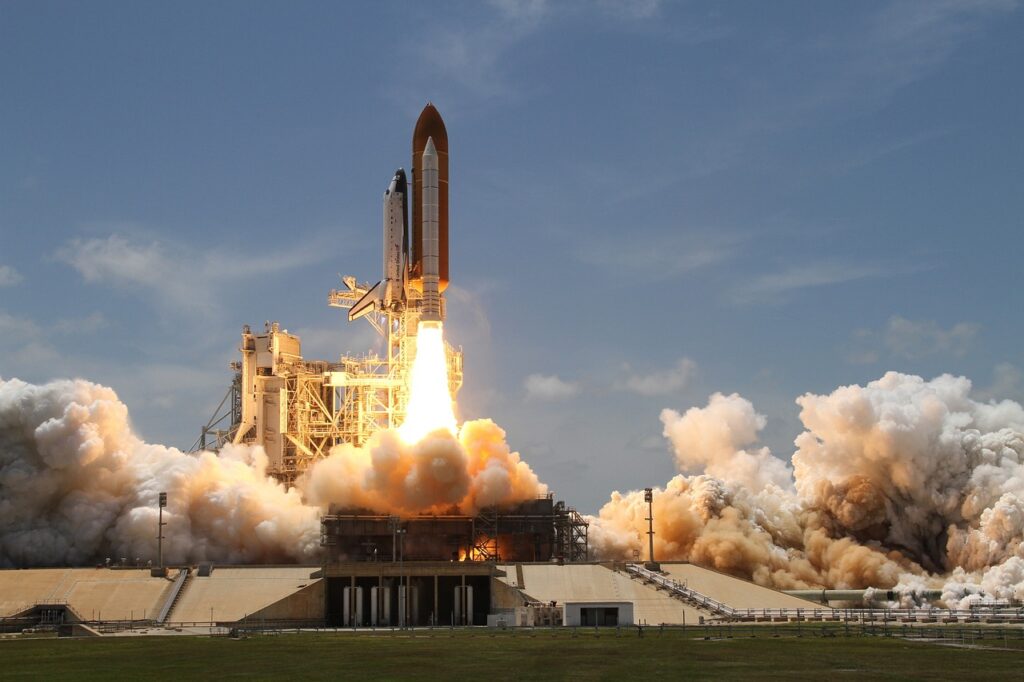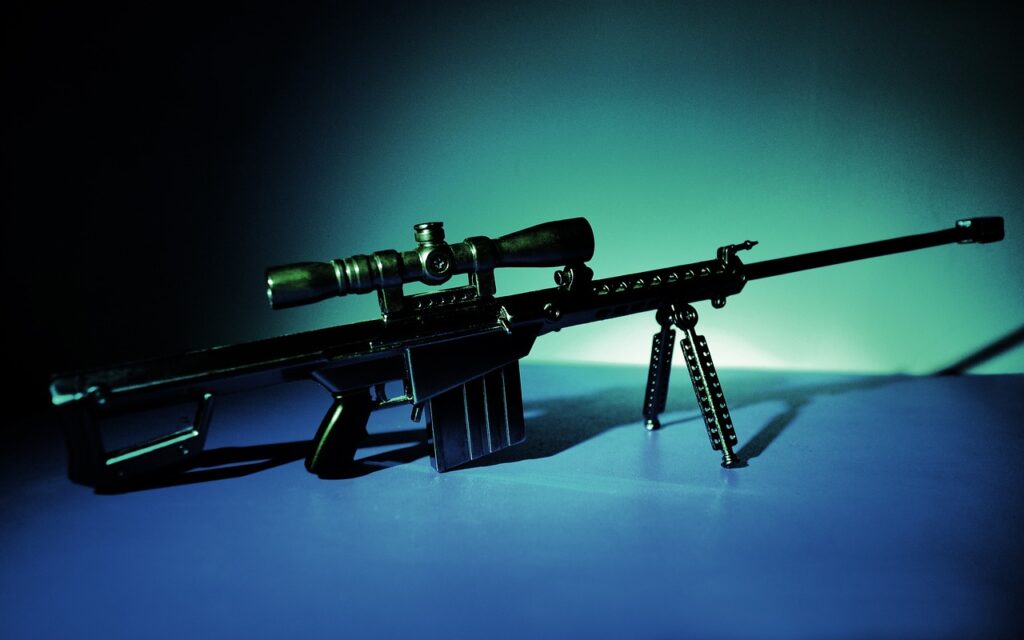Law of Conservation of Linear Momentum is essential to understand how moving things behave. It says that if there are no outside forces operating on an isolated system, the system’s total linear momentum stays constant. This law, has many applications in mechanics, collisions, and based on Newton’s equations of motion.

Momentum
Product of an object’s mass and velocity is known as linear momentum. Mathematically, it can be expressed as:
p = m × v
where:
p is the linear momentum,
m is the mass of the object,
v is the velocity of the object.
Momentum has both magnitude and direction, it is vector quantity. Momentum and velocity are always moving in the same directions.
Momentum is a measurement of an object’s “motion content.” An object with greater mass or speed will possess greater momentum
Statement of the Law
“In an isolated system, where no external forces are acting, the total linear momentum before any interaction is equal to the total linear momentum after the interaction.”
Mathematically can be expressed:
Pinitial = Pfinal
According to above equation, if there is no external force applied on the system, the total of the initial momenta of all the objects in it equals the total of their final momenta.
Isolated System
A System that is unaffected by outside forces is referred as isolated. Finding completely isolated systems is difficult in the actual world due to the frequent presence of forces like gravity and friction. but, the law still mostly remains true in many real-world scenario when the external forces acting on the system are far stronger than the internal forces.
For example, the conservation of momentum holds true in a situation where there is little air resistance and friction during a collision between two objects.
Derivation from Newton’s Third Law
Third law of Motion by Newton, asserts that there is an equal and opposite response to every action, is closely related to the law of conservation of momentum. Suppose, two bodies interacting, by bumping into one another. Force that the first body exerts on the second is equal in size and directed in the opposite direction to the force that the second body exerts on the first, according to Newton’s third law.
Everybody will experience equal and opposite changes in momentum if the forces act for the same length of time. As a result, system’s overall momentum, remain constant. Can be expressed:-
Δp1 = −Δp2
where:
Δp1 and Δp2 are the changes in momentum of the first and second bodies, respectively.
Therefore, the total momentum before and after the interaction remains conserved.
Applications:-
1. Collisions: On analysis of collisions, the conservation of linear momentum is useful. There two type of collisions:
Elastic Collisions: Both momentum and kinetic energy are preserved in these encounters. Atomic particles or pool balls colliding are two examples
Inelastic Collisions: Momentum and kinetic energy are not conserved in inelastic collisions. A classic example is, when two cars collide and some of the kinetic energy is transformed into heat and sound.
Total momentum prior to the collision and the total momentum after the collision are equal.
2. Rocket Propulsion: A great example of the conservation of momentum in action is rocket motion. Rockets travel in a single direction at a high speed by blasting gas into space, which is devoid of an atmosphere and outside factors. In order to preserve momentum, rocket gains momentum in the opposite direction from the direction in which the gas gains momentum. This explains how rockets propulsion work in space.

3. Recoil of Guns: When a gun fired, the bullet travels forward and the gun recoils backward. Conservation of overall momentum in the system is ensured by the gun’s motion in the backward direction, which balances the forward momentum of the bullet.
